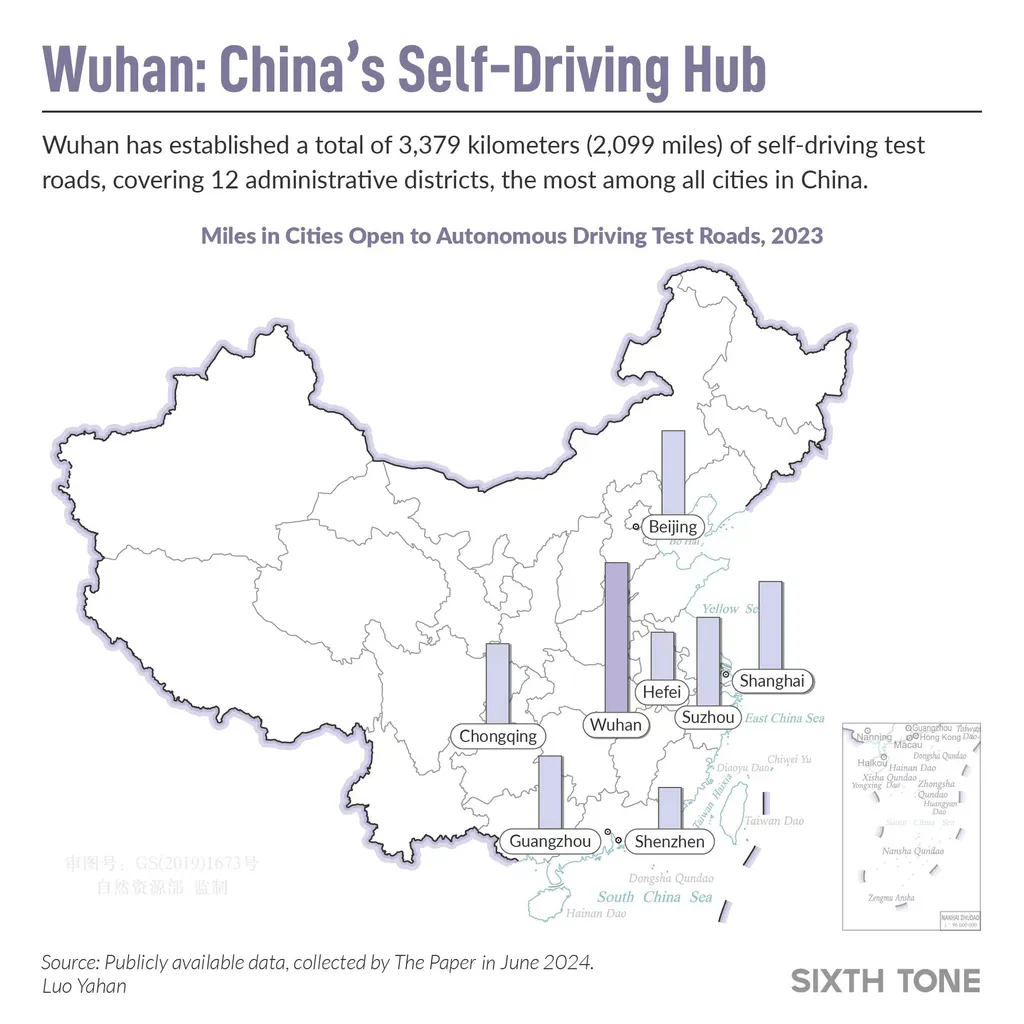In the rapidly evolving world of autonomous driving, researchers are constantly seeking innovative ways to enhance system performance while reducing reliance on human intervention. A groundbreaking study led by Dr. S. He from the Department of GI Science and Mapping at Wuhan University has introduced a novel approach that could revolutionize the way autonomous vehicles learn and make decisions. Published in the ‘ISPRS Annals of the Photogrammetry, Remote Sensing and Spatial Information Sciences’ (translated as the Annals of the International Society for Photogrammetry and Remote Sensing), this research presents a framework that leverages high-definition (HD) maps to improve the training of autonomous driving systems.
Traditionally, autonomous driving systems have relied on a hierarchical decision-making framework that depends heavily on HD maps for planning and navigation. These maps inherently contain expert knowledge, semantic rules, and constraint information. Dr. He and his team have capitalized on this observation to develop the “HD Map in the Loop” (HMITL) framework, which uses HD map features as a substitute for human expertise.
The HMITL framework focuses on three core aspects of training end-to-end decision-control models. First, it utilizes imitation learning based on expert demonstrations from HD maps. This means that the system learns from the vast amount of data already embedded in these maps, rather than relying on real-time human annotations. Second, it employs a method for constructing action interference and reward functions guided by the spatial heterogeneity of HD maps. This ensures that the system can navigate complex environments more effectively. Lastly, it incorporates a critic priority architecture that relies on expert evaluations from HD map perception and features, further enhancing the system’s decision-making capabilities.
“This approach not only reduces the need for real-time human intervention but also ensures the reliability and safety of the system’s decision-making process,” Dr. He explained. “By leveraging the wealth of information already present in HD maps, we can significantly improve the efficiency and effectiveness of autonomous driving systems.”
The implications of this research are far-reaching, particularly for the energy sector. Autonomous vehicles are increasingly being considered as a means to reduce energy consumption and emissions. By improving the performance and reliability of these systems, the HMITL framework could accelerate the adoption of autonomous vehicles, leading to a more sustainable and energy-efficient future.
Moreover, the HMITL framework could have significant commercial impacts. By reducing the reliance on human experts for real-time annotations and guidance, it lowers the implementation costs and operational complexity of autonomous driving systems. This could make autonomous vehicles more accessible and affordable, opening up new markets and opportunities for businesses.
As the world continues to grapple with the challenges of climate change and energy sustainability, innovative solutions like the HMITL framework offer a glimmer of hope. By harnessing the power of technology and data, we can pave the way for a more efficient, reliable, and sustainable future. The research conducted by Dr. He and his team is a testament to the power of human ingenuity and the potential of technology to transform our world.

